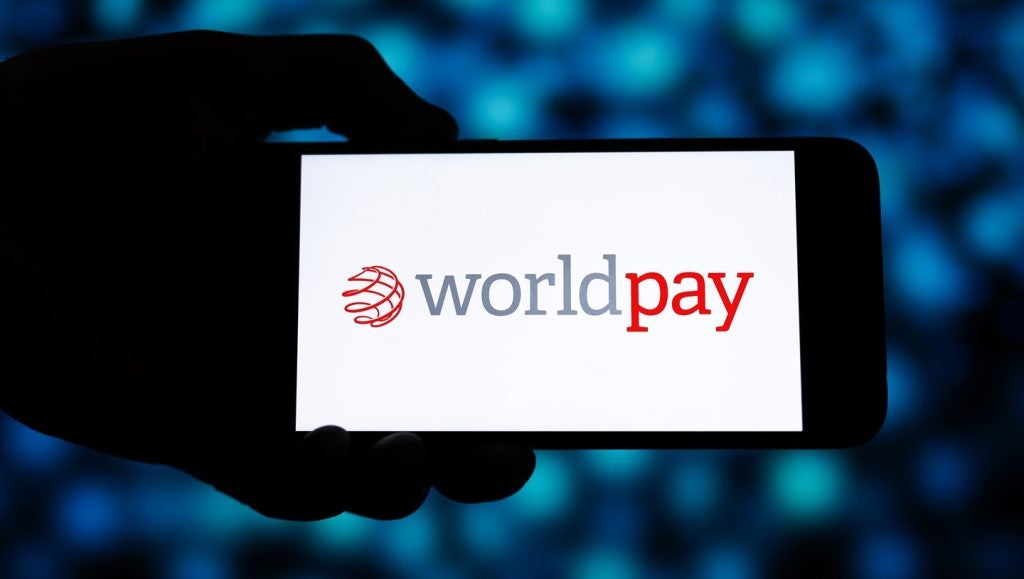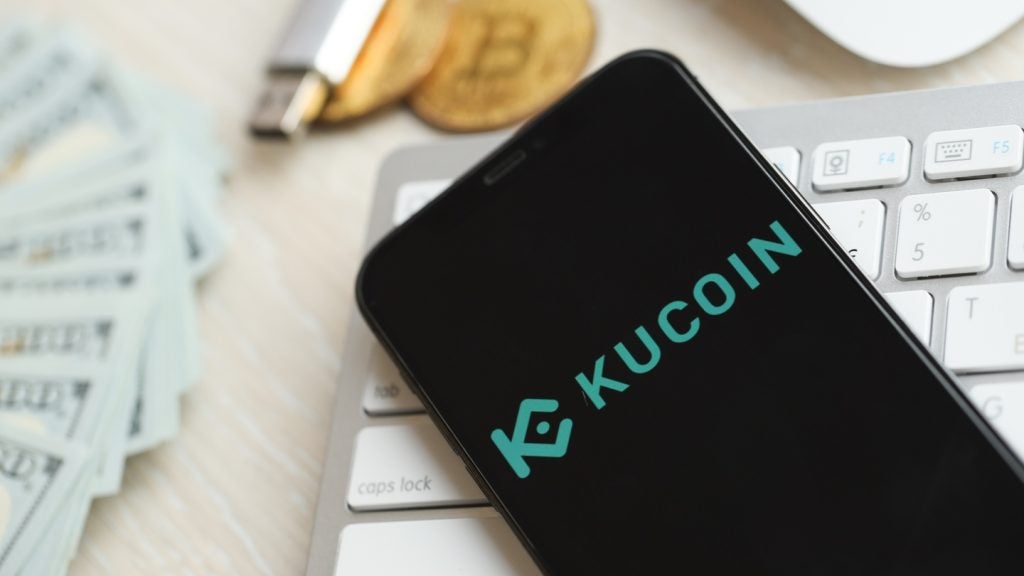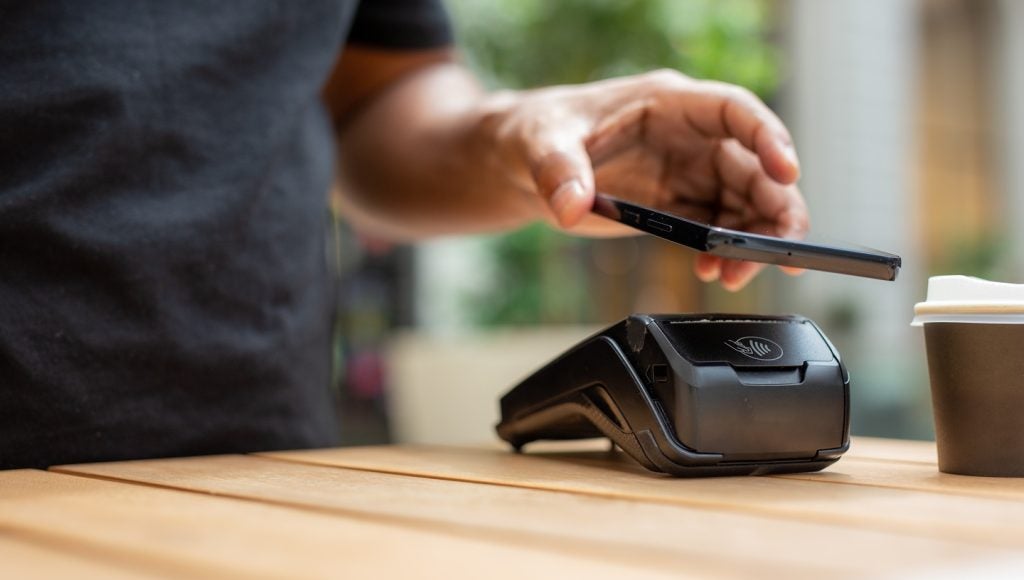AmEx is clearly not satisfied with cornering the high net worth market with its Centurion (Black) card. This year the American card provider has announced various strategies to reach out to the financially underserved market as well. Billy Bambrough takes a look at how the plans are working out
At Money2020 Dan Schulman, group president of enterprise growth at American Express (AmEx) announced that AmEx will be focusing on the financially underserved segment of the market.

Access deeper industry intelligence
Experience unmatched clarity with a single platform that combines unique data, AI, and human expertise.
Schulman says: "Our financial systems are failing to meet the needs of a large portion of people around the world."
"There are more than 2bn people in the world, and 70m in the US, that are poorly served by the traditional financial system."
The group extends across quite an income range and can include households earning from $50,000 to $150,000 who spend all, or more than all, of their monthly income.
It also includes many who have no credit, no access to credit, and often no bank accounts of any description.

US Tariffs are shifting - will you react or anticipate?
Don’t let policy changes catch you off guard. Stay proactive with real-time data and expert analysis.
By GlobalDataAmerican express has launched two products that aim to use technology to reinvent pre-paid cards: the first is Serve, a platform to provide almost all the features to address financial inclusion with 15 different ways to add funds to the account including direct deposit and remote check capture.
Serve, which began its life as something of a PayPal competitor online before signing deals with operators for some sort of mobile play, is today returning to something the company knows best: plastic cards.
Stefan Happ, SVP and General Manager of U.S. Payment Options, American Express told RBI: "The US is still a highly cash based economy and the idea of free current accounts are not something that is really an option for the majority of people.
"With a cards based payments product, Serve, we can offer an alternative to branch banking that appeals to consumers that don’t have any other options."
AmEx aquired Digital Money, which became Serve, as a way to get into the digital payments space far more quickly than we could have done alone.
"I’ve been in the payments industy for 18 years," Happ says, "and thought the move away from cards would have happened a lot quicker than it has done."
The initial positioning of Serve was around P2P payments. AmEx found it couldn’t get the traction to get this to a scale that is sustainable.
"This is how we got to the idea of having an account which is primarily on your phone but is still used a physical plastic card," says Happ.
"We originally thought the card was a temporary manifestation of the cloud based account. I still think that’s the case, just it’s going to last longer than anyone in the industry anticipated."
AmEx is fully prepared to provide payments using any technology that customers want to use, whether that is QR codes, NFC or anything else.
AmEx is looking at Serve to be a large enough operation to stand on its own and not using it as a stepping stone to get people on to other products.
"We can justify the price of Serve because we’re looking at it in the long term. We think this type of value will provide good initial adoption and then ongoing engagement, which is one of the key metrics to watch in this segment, due to all the hidden costs that are traditionally found here."
More than 1,800 bank branches have closed over the last several years in the US, so many people don’t have access to a bank. Others are annoyed at the high fees that banks charge.
"Ironically, the less money you have, the more it costs to manage it and move it around," said Schulman. Payday loans have interest rates of 400 to 500%, a money order can cost 5% for $100 and people without bank accounts can pay from 2% to 10% to cash a cheque.
The second is Bluebird, a prepaid card launched with Wal-Mart almost a year ago, now has more than one million accounts.
"We see customers live their financial lives on the Bluebird platform, paying bills, writing pre-authorised checks, and shopping at merchants who accept the American Express card," Schulman said.
87% of the Bluebird enrolees are new to American Express and nearly half are under 35, he added.
Far from diluting the brand, holders of older American Express cards who knew about the new products rated the company higher than cardholders who had never heard of them.
Serve account holders can do direct deposit of paychecks or government funds free, pay bills online free and withdraw money from 22,000 Moneypass ATMs. Soon they will be able to deposit cheques using smartphones.
One problem with prepaid cards is that adding cash to them often costs $3 to $4.
Starting this fall, Serve clients can add cash at 14,000 CVS stores and many participating 7/Eleven stores free of charge. Serve has also launched a reserve account for savings and 36% of customers are not moving money into the reserve account on a regular basis.
The account costs $1 a month, free if the customer does direct deposit or deposits $500 or more.
"We are building one of the most comprehensive prepaid accounts," said Schulman. The Aité Group, a financial technology analytics firm, said the $1 a month fee at American Express contrasts with an average of $4.57 for other prepaid products.
In addition to helping people who have struggled with bank fees and spending hours in lines to pay bills, Schulman thinks this could mark fundamental change in finance.
"The penetration of mobile phones truly has the potential to disrupt the prevailing wisdom that it has to be expensive to be poor," he said. "I think we are entering the era of the nonbank – consumers have all the power of a bank branch in the palm of their hand. Technology will redefine the world of consumer retail banking."
Earlier in the year we saw AmEx marred by a fourth-quarter $400m restructuring charge related to the elimination of more than 5,400 jobs in Amex’s fabled travel services division.







